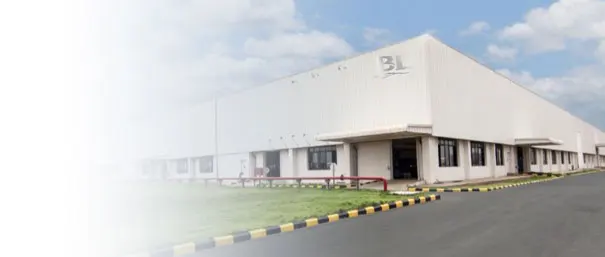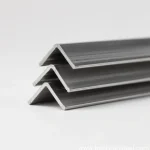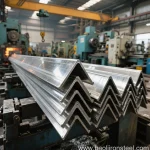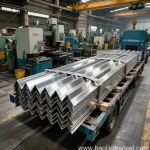The common manufacturing processes for thick wall stainless steel tubing include:
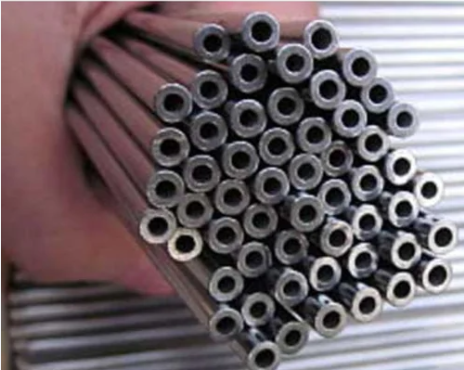
- Seamless Tube Rolling:
- This process involves feeding a solid billet of stainless steel through a series of rolling stands to gradually reduce the diameter and increase the wall thickness.
- The billet is rotated and passed through multiple rolling stands to achieve the desired tube dimensions and wall thickness.
- Seamless tube rolling results in a uniform, high-quality tube with excellent mechanical properties.
- Welded Tube Production:
- In this process, a flat stainless steel strip is formed into a tubular shape and the longitudinal edges are welded together.
- The welded tube is then reduced in diameter and the wall thickness is increased through a series of rolling and drawing operations.
- Welded tube production can be more cost-effective than seamless tube rolling, especially for larger diameter tubes.
- Extrusion:
- Extrusion involves forcing a solid billet of stainless steel through a die to produce a continuous length of tubing.
- The extrusion process can achieve high production rates and is suitable for manufacturing thick wall stainless steel tubing.
- Extrusion typically results in a seamless tube with consistent wall thickness and mechanical properties.
- Drawing:
- Tube drawing involves pulling a length of tubing through a die to reduce the diameter and increase the wall thickness.
- This process can be repeated multiple times to achieve the desired dimensions and wall thickness.
- Drawing is often used in combination with other processes, such as seamless tube rolling or welded tube production, to further refine the tube’s properties.
Regardless of the specific manufacturing process, the key requirements for producing thick wall stainless steel tubing are precise control over the material composition, tight dimensional tolerances, and careful management of the various forming and finishing operations.
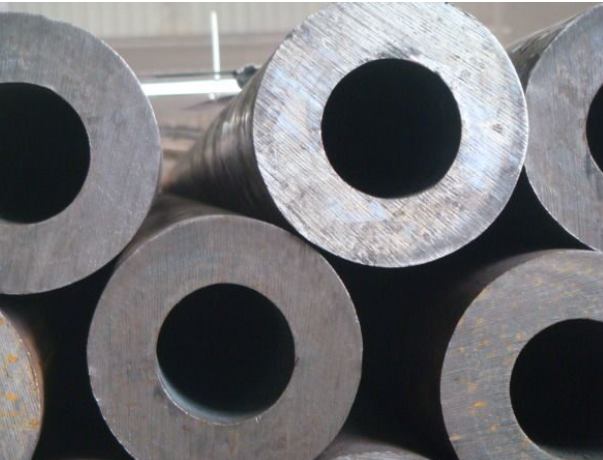
The choice of manufacturing process will depend on factors such as the tube size, wall thickness, production volume, and cost considerations. Manufacturers often utilize a combination of these techniques to optimize the production of thick wall stainless steel tubing for their specific applications.


